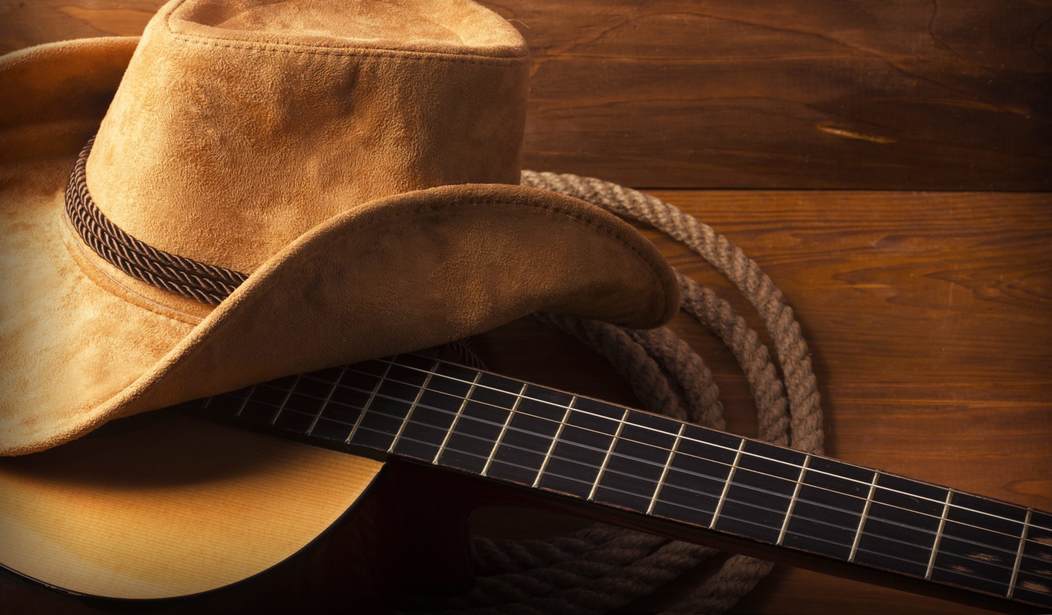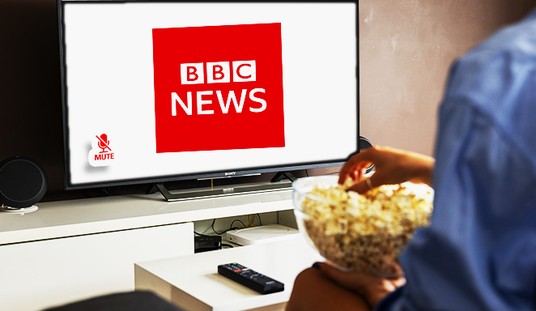Growing up in New York in the 1960s, I was vaguely aware of the music of my era. Mega-hits like Petula Clark’s “Downtown” were on my radar, but just barely. Yes, there were a few new songs I liked, and I even bought the occasional single. In 1968, the year I turned twelve, I purchased at least three: “Hey Jude,” “Mrs. Robinson,” and Mama Cass’s version of “Dream a Little Dream of Me.” In school band, we played the theme from Shaft (1971) and a medley of hits by the band Chicago.
But mostly the musical world of my childhood was focused on songs written before I was born. I must have listened to my parents’ original cast LPs of Oklahoma!, Annie Get Your Gun, and other shows a thousand times. For an hour or two every day, I sat at the piano playing songs from our massive library of sheet music – some of it my dad’s, some of it my mom’s – that dated back to their youth. I played those tunes so often – written by people like Irving Berlin, Rodgers and Hart, and the Gershwins – that the lyrics of hundreds of them are still burned into my mind.
Along the way I also developed a degree of acquaintanceship with the classics, and went through periods of being preoccupied with (and trying to play) Chopin or Beethoven. Later, as an undergraduate in the 1970s, thanks to friends in my dorm, each of whom seemed to be obsessed with a different pop star – one loved Queen; another, Joni Mitchell; a third, Bob Dylan – I became familiar with a wide range of contemporary music and came to like much of it. (Joni, yes; Dylan, no.)
Gradually I came to think of myself as having a pretty broad knowledge – and appreciation – of music. I was wrong. On my first day of grad school, I met two fellow first-year students, a married couple from Kansas. They asked about my musical tastes, and I asked about theirs. They said they loved country music. I laughed. I thought they were kidding. They weren’t. Oops.
Younger readers may require an explanation of my response. At the time, country music hadn’t yet made serious inroads in places like New York City. Without ever having really thought about it at all, I thought of it as a genre whose fans you just didn’t run into in university graduate programs.
Embarrassed though I was by my faux pas, I didn’t do anything about it. Over the succeeding years, however, I did continue to extend my musical awareness. For a while my radio was constantly tuned to classical radio; one year I listened religiously to Top 40. Living in Manhattan after grad school, I became exposed – thanks to generous friends with subscriptions to the Met and the New York City Ballet – to some of the world’s greatest opera and modern dance. Attending an Episcopal church, I became deeply acquainted with (and enamored of) a wide range of church music, especially in the Anglican tradition.
Then, six years ago, after over a decade in Oslo, I moved to a small town in the mountains of Norway. And everything changed. First of all, here in the Nordic boondocks, American blues is huge: my town hosts an annual blues festival, Scandinavia’s largest, that has drawn stars like the late B.B. King. But my impression, based entirely on anecdotal evidence, is that country is even bigger here. My in-laws listen to it daily. A couple of years ago, a young bus driver I know here vacationed in the U.S. with several local buddies. Where’d they go? New York? Vegas? No: they scheduled a road trip through the South – Nashville, Memphis, Austin, etc. – that took them from one country-music festival to another. They were in heaven.
Oslo, like any another European capital, is a self-consciously high-culture burg, a town eager to see itself, and be seen, as sophisticated. Its cultural pillars include its striking decade-old opera house, its stately old National Theater (scads of Ibsen, of course), its magnificent National Gallery, and that unique place known as Vigeland Park (naked statues that still shock Asian tourists). Rock clubs abound – but not country or blues venues. Among the elite, a reflexive anti-Americanism prevails (even though they all watch HBO and love jazz and grew up on classic American rock). In short, it’s more or less what you probably imagine when you hear the word “Europe.” Put it this way: nobody I know in Oslo would be caught dead wearing a Stars & Stripes T-shirt or a Yankee cap.
Here in rural Norway, however, such garb is commonplace. The Norwegians who emigrated to the U.S. a century ago came from rural places like this, and the descendants of the folks who stayed behind are very much the same kind of people as their distant cousins in Minnesota and North Dakota – decent, unpretentious, hard-working, law-abiding. They love American cars and American beers. Every Fourth of July and every September 11, some of them actually post pictures of Old Glory on Facebook. It’s a side of Europe you never hear about. But, God bless it, it exists.
And, yes, they adore country music. It speaks to them. Because it’s the real America, if you like, speaking to the real Norway. And guess what? Listening to that music here, I’ve undergone a long-delayed conversion. I’ve finally realized that of all the popular music produced today, it’s country songs, by far, that are most likely to have real melodies and real lyrics, to speak honestly and movingly about love and friendship, to exhibit courage and humor in the face of adversity, and to show appreciation for everyday comforts and pleasures. All in all, they’re the closest thing around today to the standards by Kern, Berlin, Rodgers, and company that I grew up on.
So it is, weirdly enough, that here in provincial Norway, thanks to what the troublemakers of our time would decry as “cultural appropriation,” this born-and-bred New Yorker is on his way to becoming a full-fledged country-music fan. Who’d’a thunk it?









Join the conversation as a VIP Member